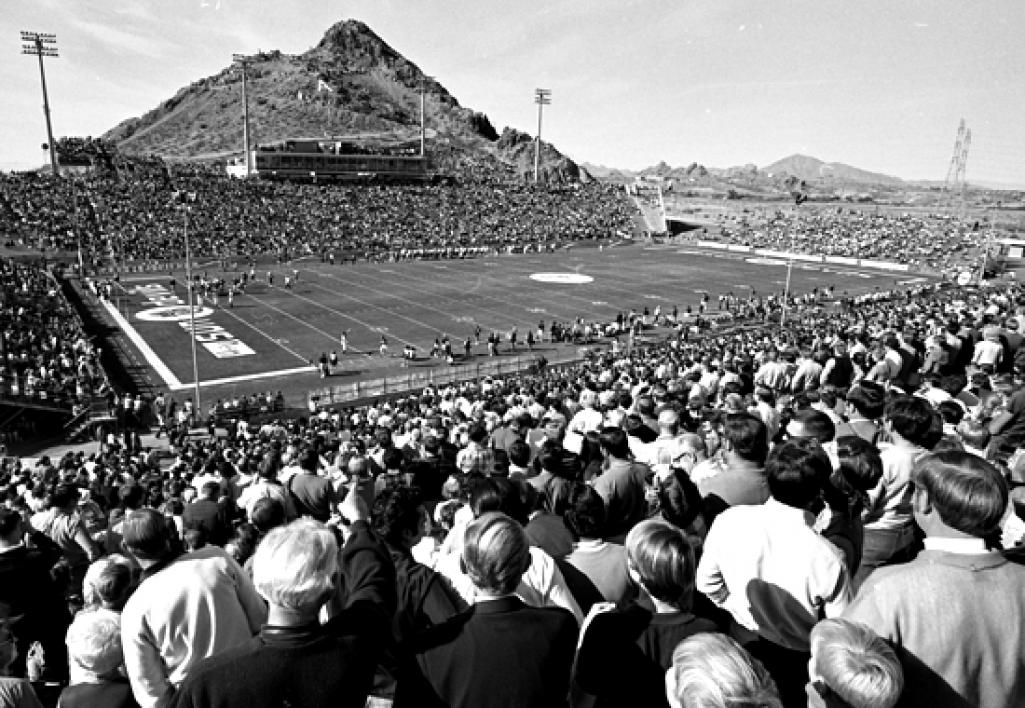Tracking Technology, a UTO History: Where Did It All Start?

by Casey Davis, UTO Instructional Designer
Last month, we told you how the University Technology Office at ASU came to be. But the groundwork for innovative technology development at universities across the country was laid some time before.
Technology and the internet are often taken for granted — most people don’t think about them unless they’re not working properly. If the network is down, for example, the printer won’t produce the jobs it has been sent. Even something as simple as the computer not booting up is an experience that causes us to pause and consider how technology is ingrained into our daily lives, especially within the academic realm.
Prior to computer and digital technology becoming commonplace, there was a push from the federal government to have offices at colleges and universities whose purpose was to share technology with private industries. This movement was driven in part by President Franklin D. Roosevelt’s Office of Scientific Research and Development.
Through “Technology Transfer Offices,” colleges and universities were encouraged to share their developments and discoveries with other educational organizations, as well as private industries. These transfer offices served as the seedbeds for technology offices at colleges and universities.
As more and more of the American educational system focused on advancing science and technology, support for university technology offices became essential. Despite this demand, the offices decades ago did not look like or operate in the manner many are accustomed to currently.

For most colleges and universities, technology offices evolved from support services that different departments and schools had embedded within them. These services assisted the nascent computing technology which many faculty members not only employed, but invented and improved.
In the 1970s, personal computing became a working possibility, and the National Science Foundation began awarding grants for computer usage in the classroom. Colleges and universities quickly realized that the much-needed support for classroom technology was outpaced by technology usage as a whole.
It was during this time that colleges and universities began establishing technology offices. These offices provided support for users, including faculty, students, and staff members. This model paralleled the one utilized by the federal government as computers became increasingly integrated into daily work routines.
University technology offices are now expanding their perspectives. UTO has adopted the “New American University” model and embraces its role as an engine of innovation.